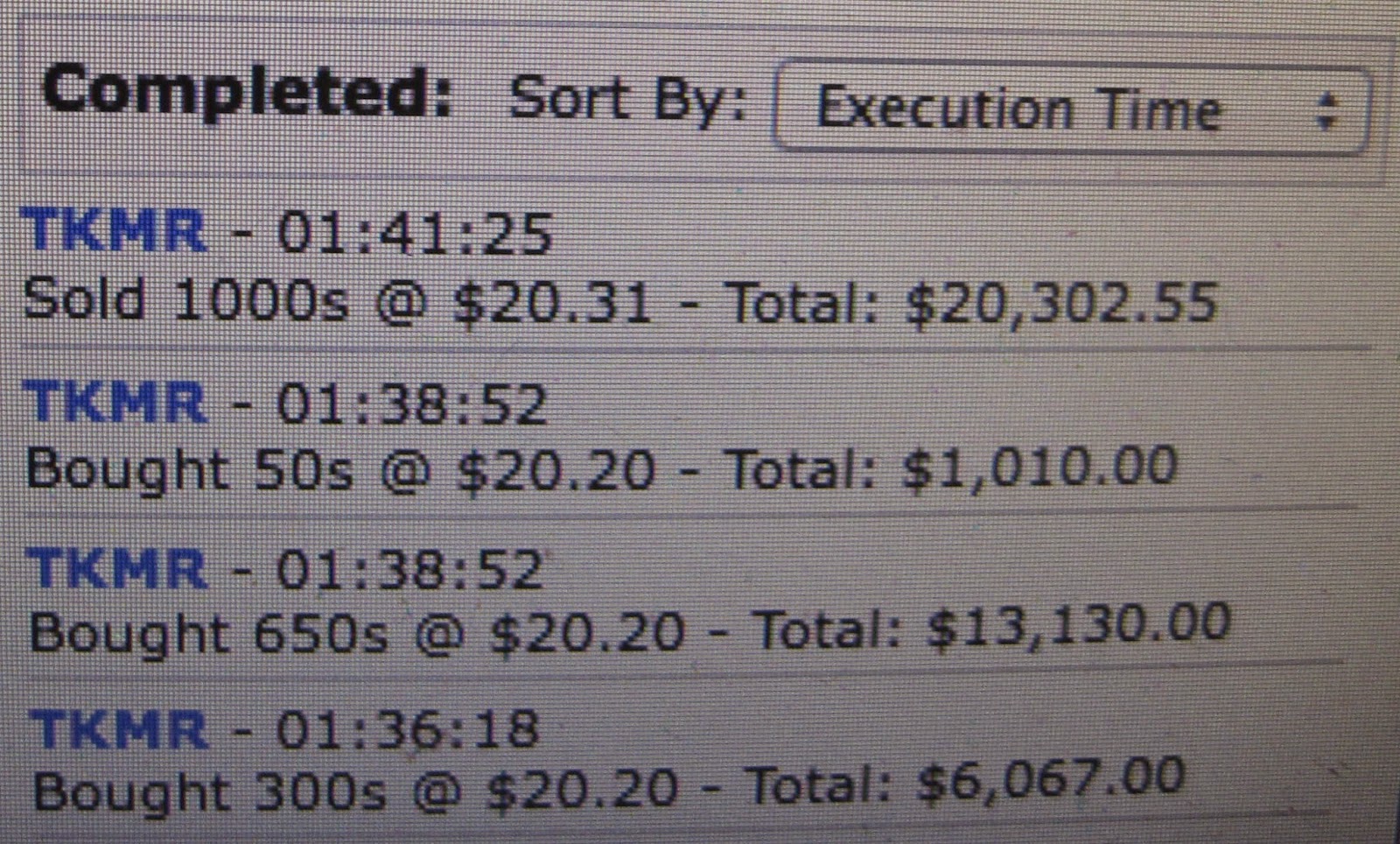Ebola is one of the most deadly viral diseases with a fatality rate of 50-90 percent. There are five strains of Ebola (Reston, Sudan, Tai Forest, Bundibugyo and Zaire) as well as Marburg virus that are classified as members of a family of negative stranded RNA viruses, the Filoviridae. The Sudanese Ebola Outbreaks of 1976 and 1979 which struck two months before the Zairean Ebola Epidemic of 1976 did not receive international attention therefore the first case was attributed to Zaire. The first identified case of Ebola was on August 1976 in a small village in northern Democratic Republic of the Congo back then known as Zaire. In medical encyclopedias you can see that the first case is actually found in the southern Sudanese town of Nzara a storekeeper in a cotton factory began hemorrhaging and went into shock he died on July 6, 1976.
It is not entirely known by the medical community how Ebola is spread. Ebola is believed to be transmitted by coming in contact with an infected animal's body fluids. The virus has been shown to travel without contact from pigs to primates. Human-to-human transmission can occur with direct contact with blood or bodily fluids from an infected person. An interesting fact from the Zairean Ebola Epidemic of 1976 was that a young lady died from Ebola in 1977 in Tandala, Zaire about 200 miles away from the outbreak she had never been in contact with anyone from the 1976 epidemic. If you study all Ebola epidemics dating back to 1976 you can see that there still remain many unanswered questions. In the Zaire Ebola Epidemic of 1995 the strain was almost identical to the 1976 strain yet studies showed that the 1995 strain was capable of infecting through normal skin contact, coughing as well as through bodily fluids.
The first human trial for an investigational Ebola vaccine is set to begin this week. At this point Ebola poses a threat to the world aggressive action is necessary. The NIH is developing the vaccine with pharmaceutical giant GlaxoSmithKline (GSK). If successful it will take until late 2015 for the vaccine to be administered to a limited number of health workers. There are other companies also offering their vaccine to help with the outbreak one of which has already received $140 million from the Department of Defense: Tekmira Pharmaceuticals (TKMR). Tekmira and its antiviral product TKM-Ebola is currently in Phase I of the clinical trial process.
Two weeks ago I entered a TKMR trade at $20.20 the order did not fill completely only 300 shares were bought leaving me with 700 shares outstanding. At this point I had to make a quick decision whether to cancel the remaining 700 shares, wait or modify the price. The stock rose to $20.26 while I was holding 300 shares I could have sold them yet I chose to wait for the price to drop to $20.20 to buy the remaining 700 shares at 1:38pm. The stock then went straight to $20.31 allowing me to exit. After weighting the amount of risk that Tekmira brings I think I will evade it just because if I decided to hold on to it for the long run it could take years to make my money back. The company is working on several products yet they are all in the early stages and the clinical trial process is a very lengthy one assuming all goes well.
 |
| Tekmira Day Trade $110 in 5 min |